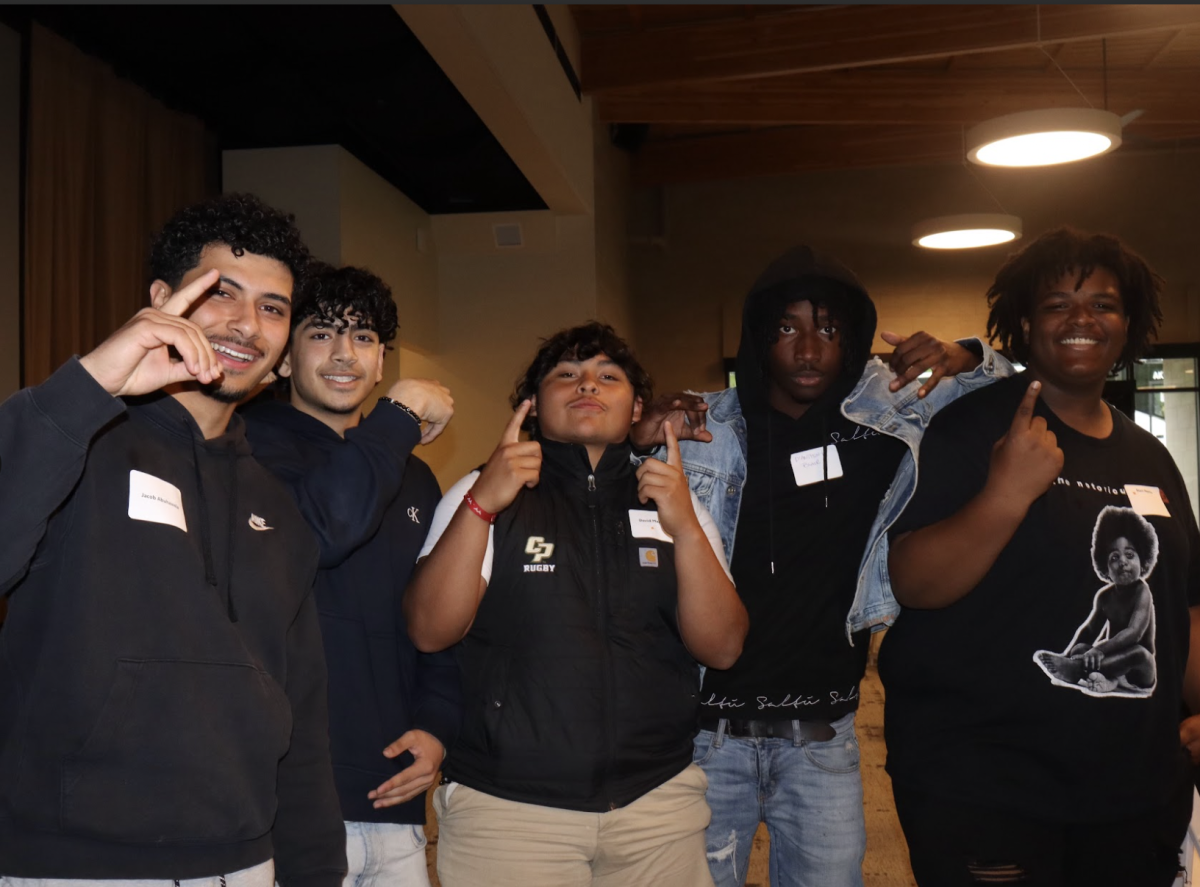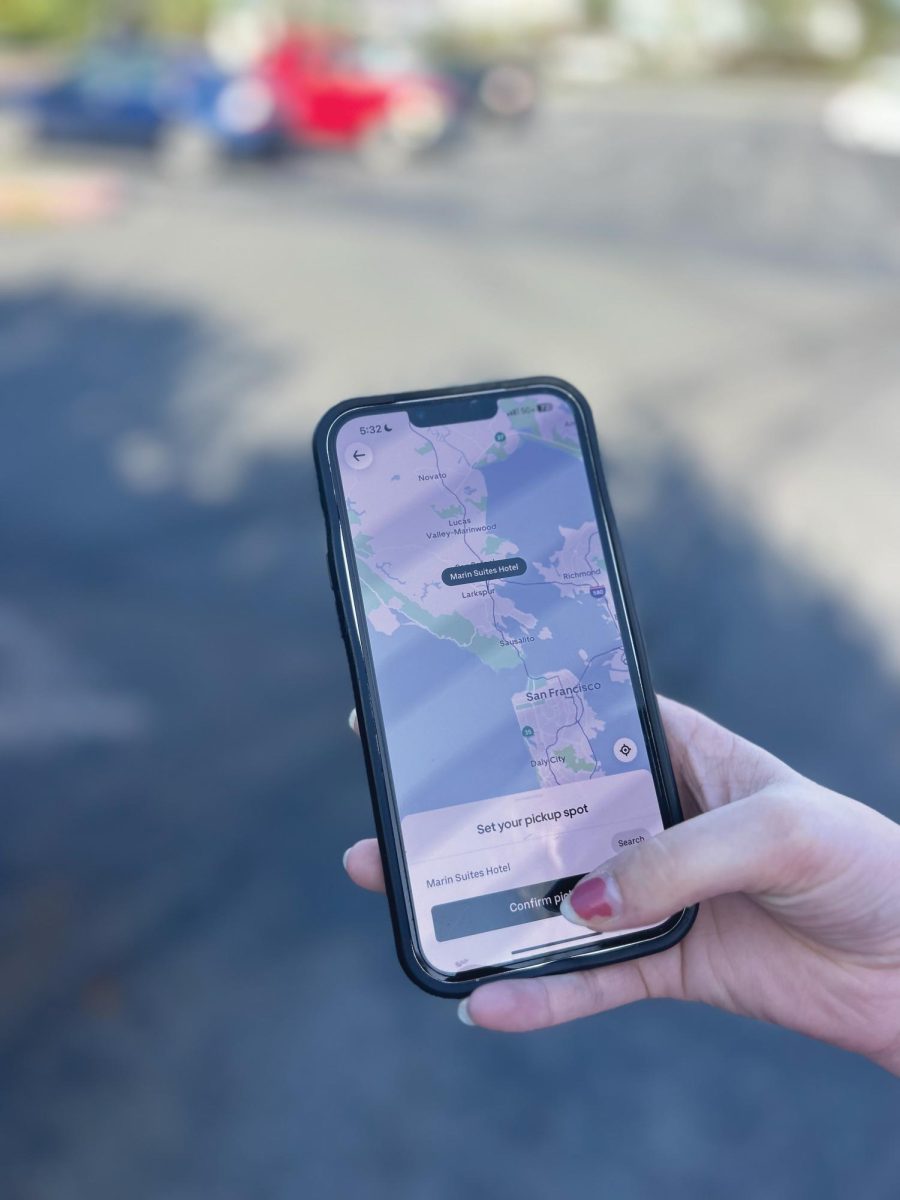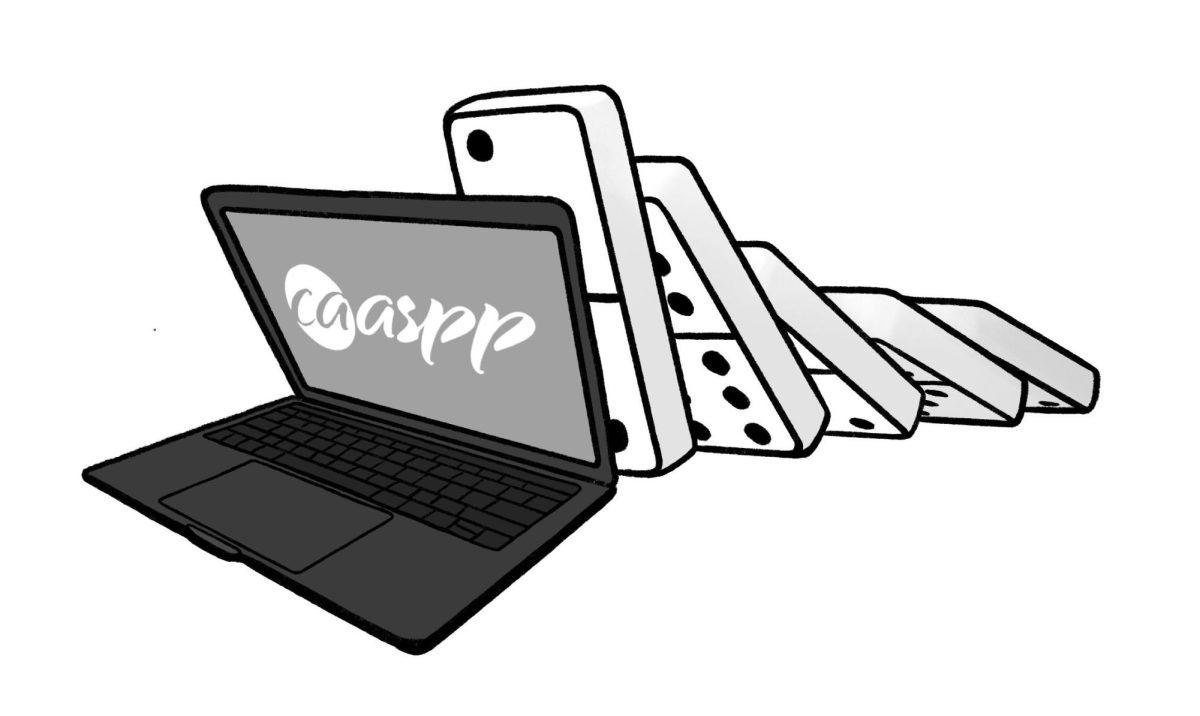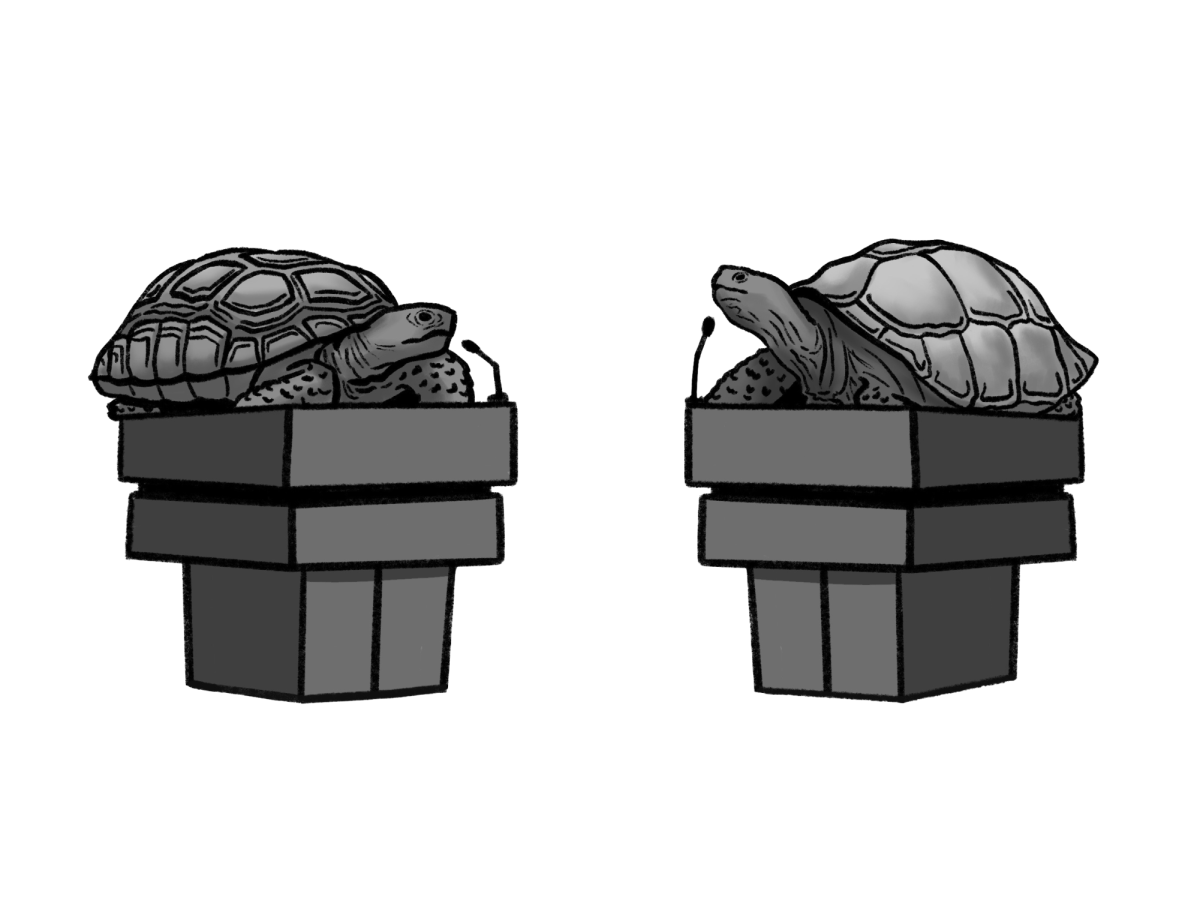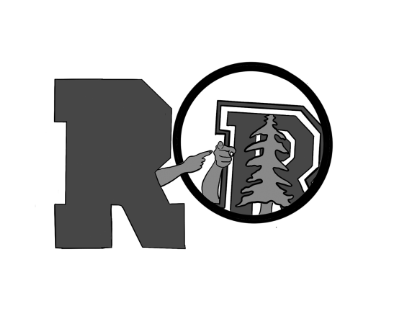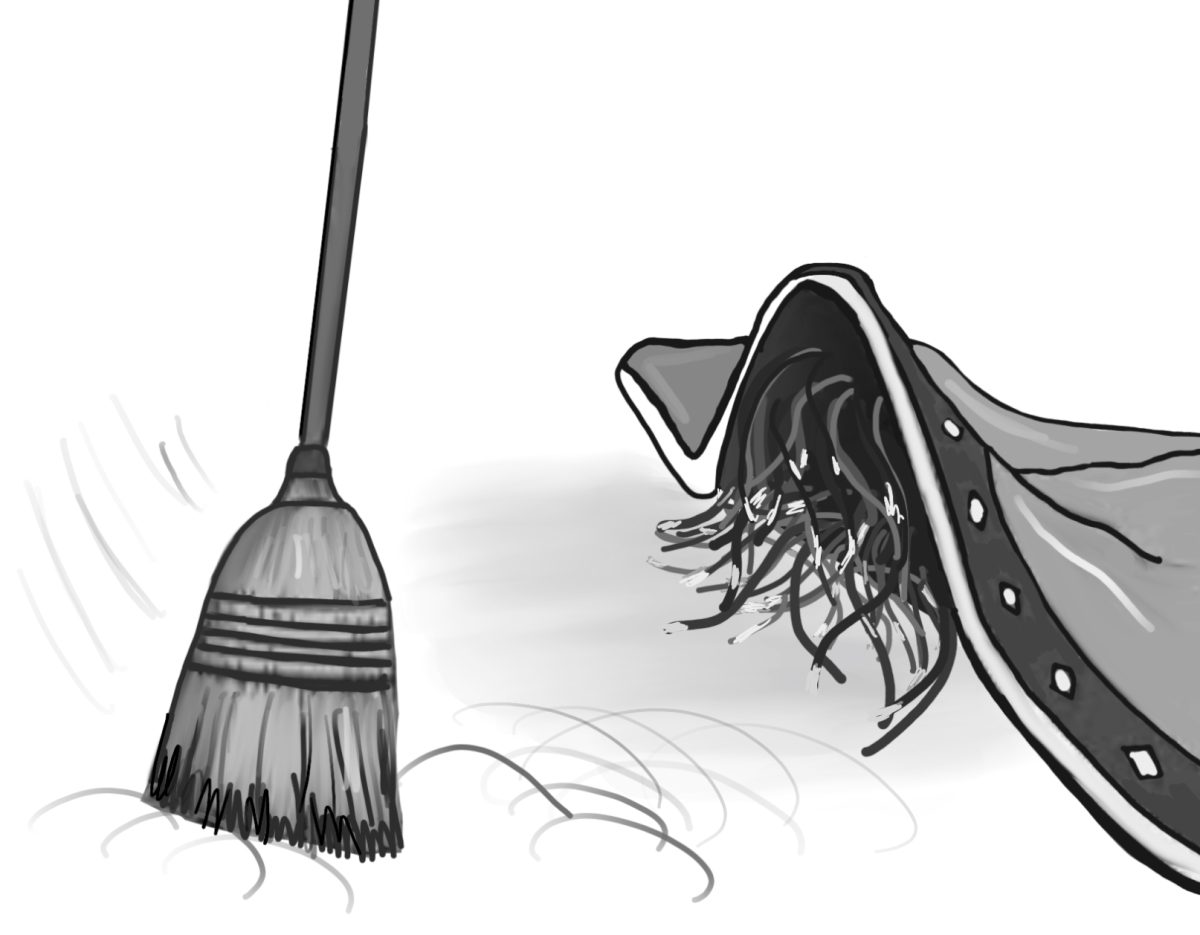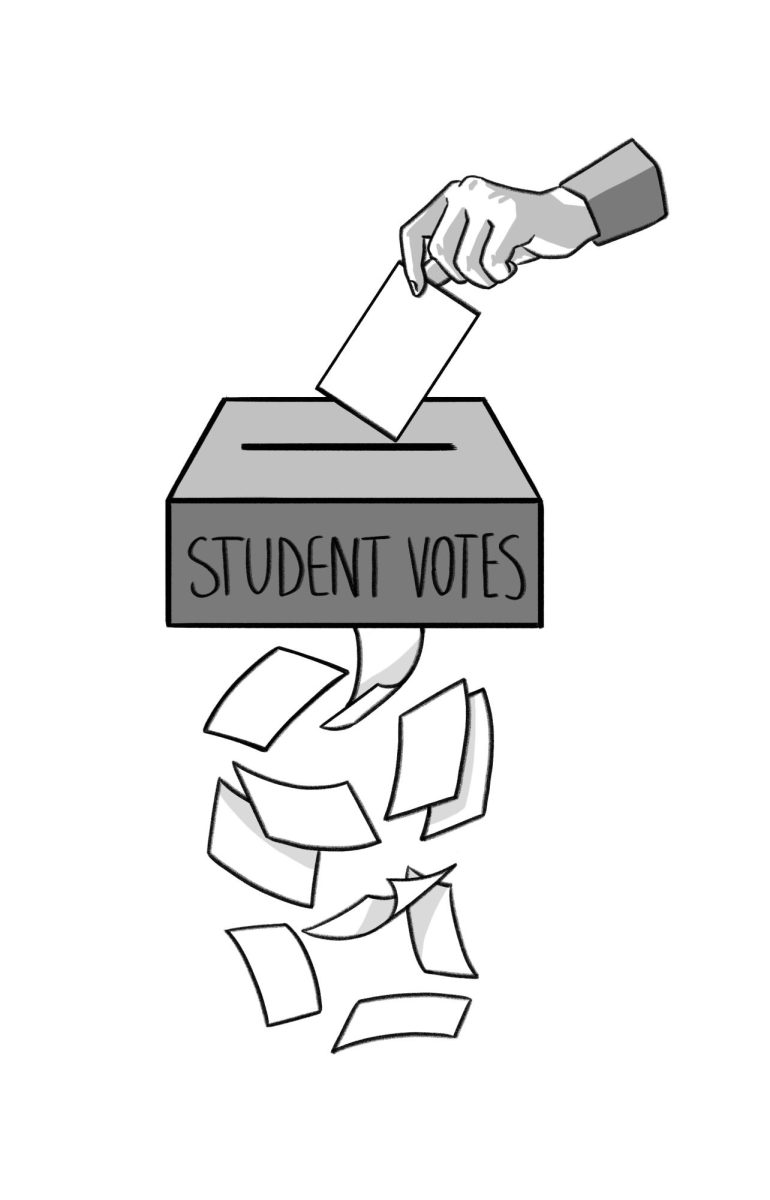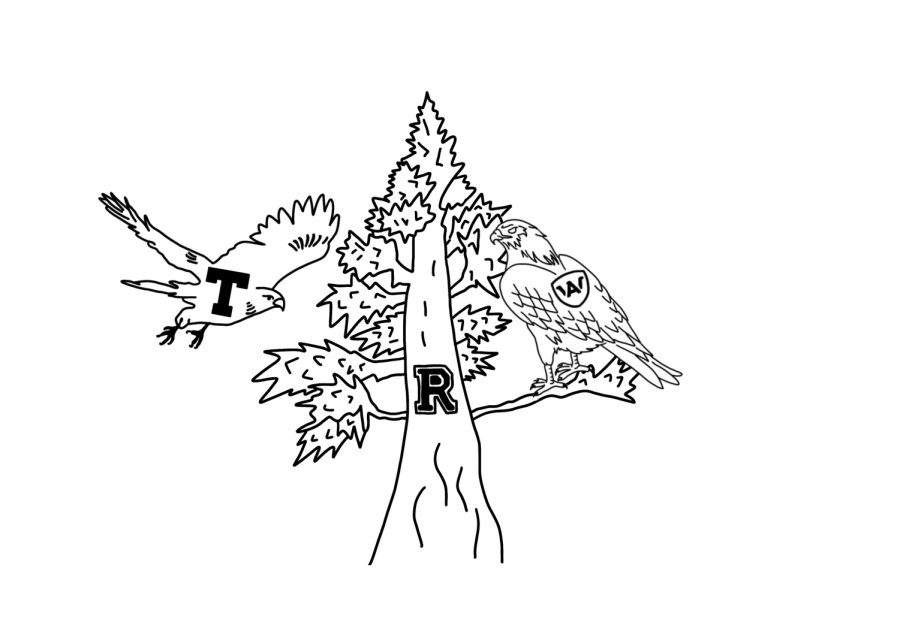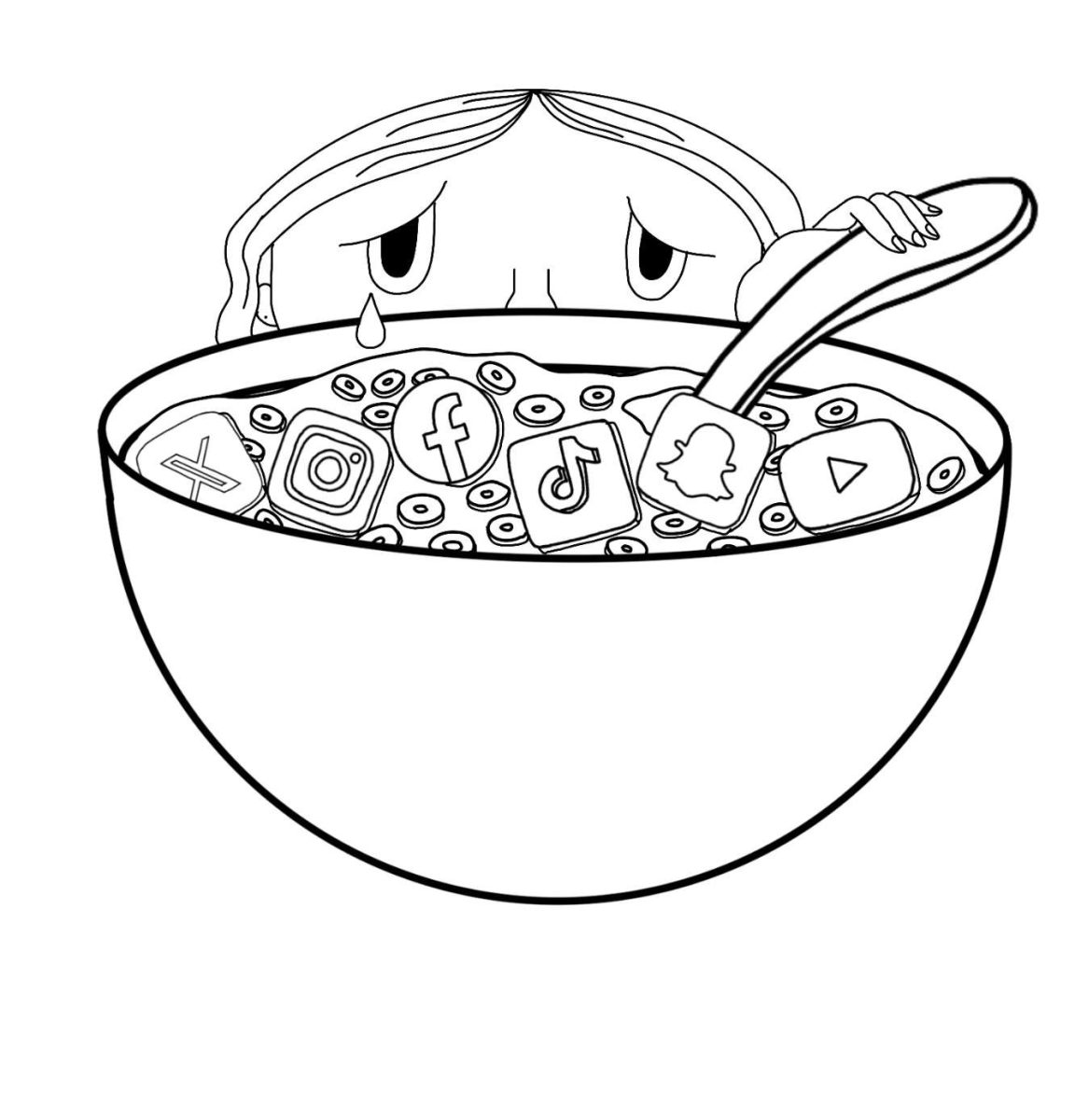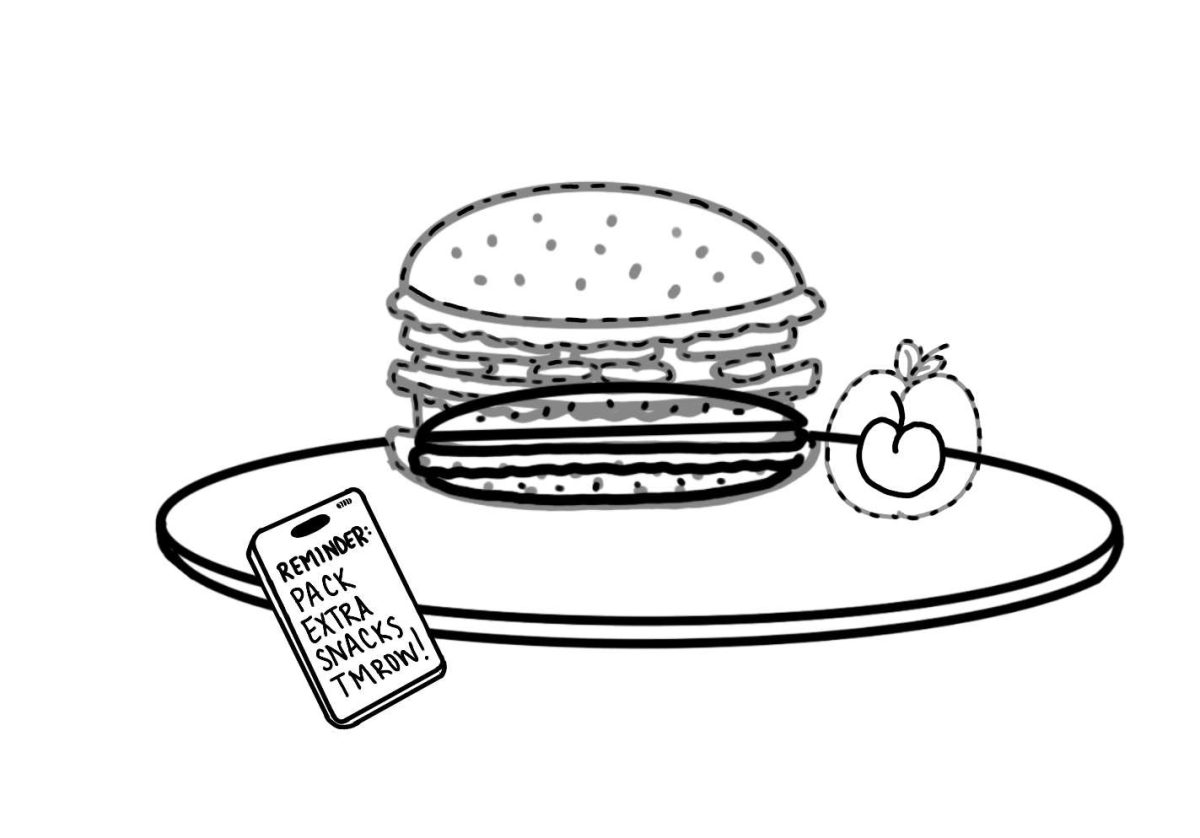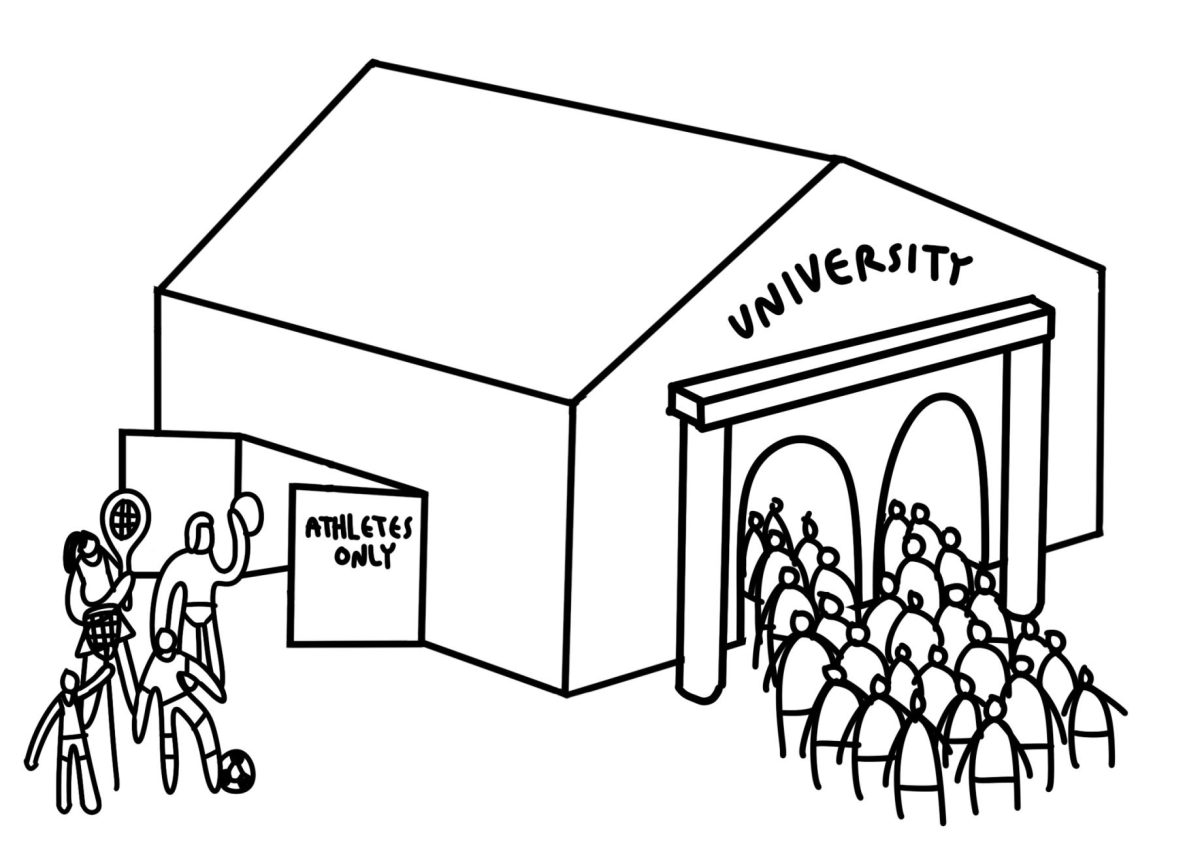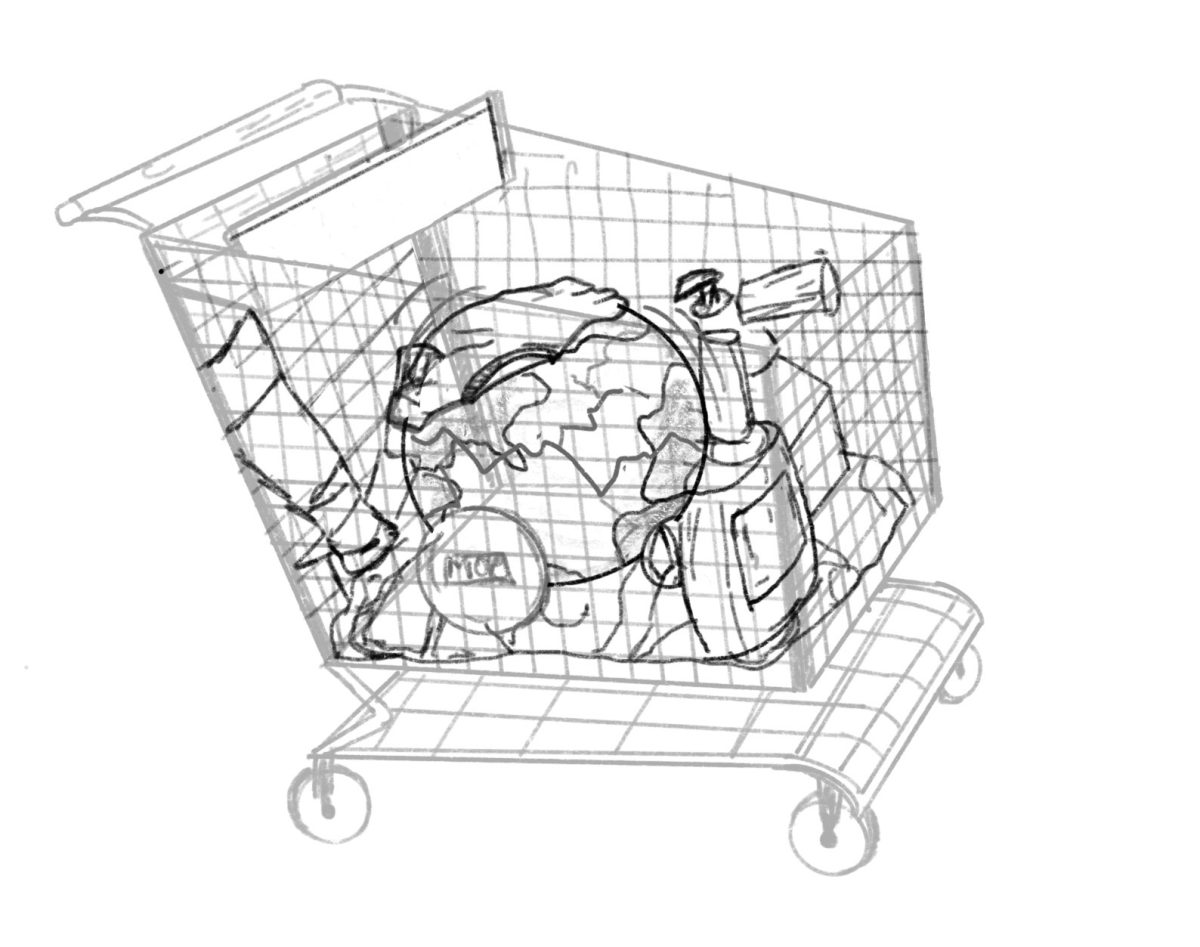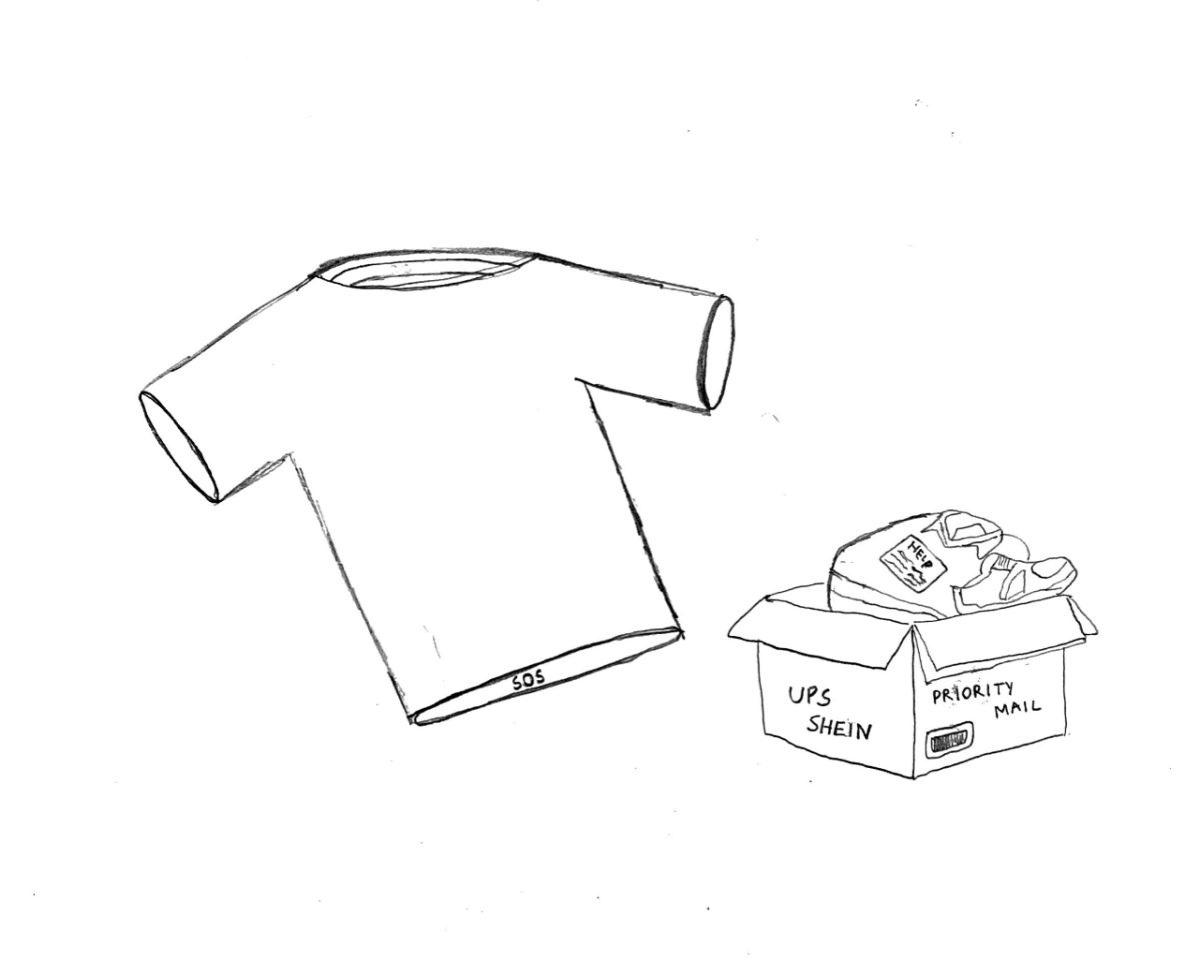What will a classroom look like in thirty years? There may still be whiteboards, projectors, uncomfortable desks with baskets underneath that cut your legs, and the incessant humming of overhead fluorescent lighting. Or, there could a long, spacious desk with a computer set upon it, an ergonomic computer chair, posters of your favorite movies and bands hanging on the walls, and the sound of your mother announcing that dinner is ready.
While the latter setup may sound implausible, the rising popularity of online classes indicates otherwise. According to a survey administered by the Pew Research Center, 77 percent of all American colleges offer online classes. According to the same survey, online classes are offered by 89 percent of four-year public universities, and by 91 percent of two-year public universities.
These statistics pertain to colleges, not high schools. However, due to accelerated learning programs such as one offered by Del Mar Middle School that allows students to get an advantage in math compared to other middle schools in Marin, some students may find themselves in a position to take an online class in their senior year.
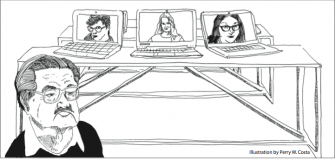
Additionally, the “flipped” teaching strategies currently being incorporated into chemistry classes show that online education is already having an influence on Redwood. The theory is that students watch lectures from video recordings at home, then have more one-on-one time with their teacher in class, and more time to do their labs.
This is a future that should be embraced, not shied away from. There are many prospective benefits of offering online supplements to classes at Redwood.
Recording lectures and making them available online would be a boon to students who have trouble learning in a classroom environment. Without the distraction of other students around them interfering with their learning, and with the ability to pause, replay, and slow down lectures, students would be able to set their own pace in their learning and get more out of their education.
Another benefit that comes with online lectures is the increased amount of time to work with one’s teacher, as is seen in chemistry. Having lectures online would effectively cut out the portion of an average lecture class period that is spent waiting for PowerPoint to open, for the description of that day’s agenda to end, or simply for everyone to stop talking.
Incorporating online supplements into traditional education would also be beneficial to teachers. They wouldn’t have to deal with trivial matters like discipline, and they would be less likely to make mistakes in their lecture, as they could record parts again. Also, they would be able to teach students the curriculum without racing against the clock to get to a lab or a quiz.
The argument can be made that if lectures are online, then some students just won’t watch them. But shouldn’t it be expected that the same students who are too lazy to watch the lecture video wouldn’t listen or take notes during a physical lecture either? Additionally, these students’ unwillingness to learn would be reflected in their inability to succeed in classwork and quizzes related to that lecture.
Some may be bewildered by the concept of doing homework at school, and having lectures at home. However, with time, homework would become classwork, and the change is actually practical in terms of student learning. There would be no need to have your teacher clarify part of a lecture if you could pause, rewind, listen to that part again and figure it out.
Having your teacher there to guide you as you practice a concept would be quite helpful, as there’s seldom time to ask a teacher questions regarding homework during class. Furthermore, if part of a lecture really perplexed a student, the newfound increase in time with their teacher would give them an opportunity to ask about it.
While a total shift from physical appearance in a classroom to online learning may be controversial and not feasible in the short term, the supplemental online presence of teachers has few downsides, and would be helpful for teachers and students alike. Some may say that even flip teaching is extreme, but they can’t deny that making online supplements available to students would be helpful.
It’s surprising that in an age when over 80 percent of Americans have access to the Internet, we’re only implementing this change now. In the years to come, online learning supplements will prove to bridge the divide between education and student comprehension.


